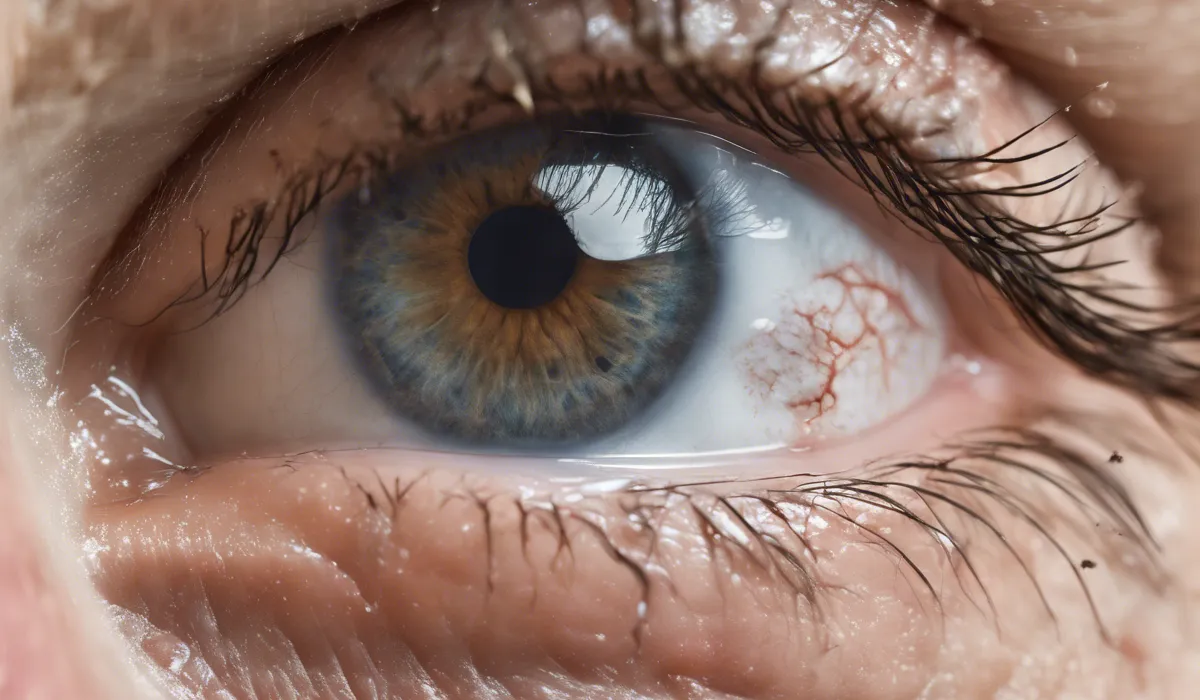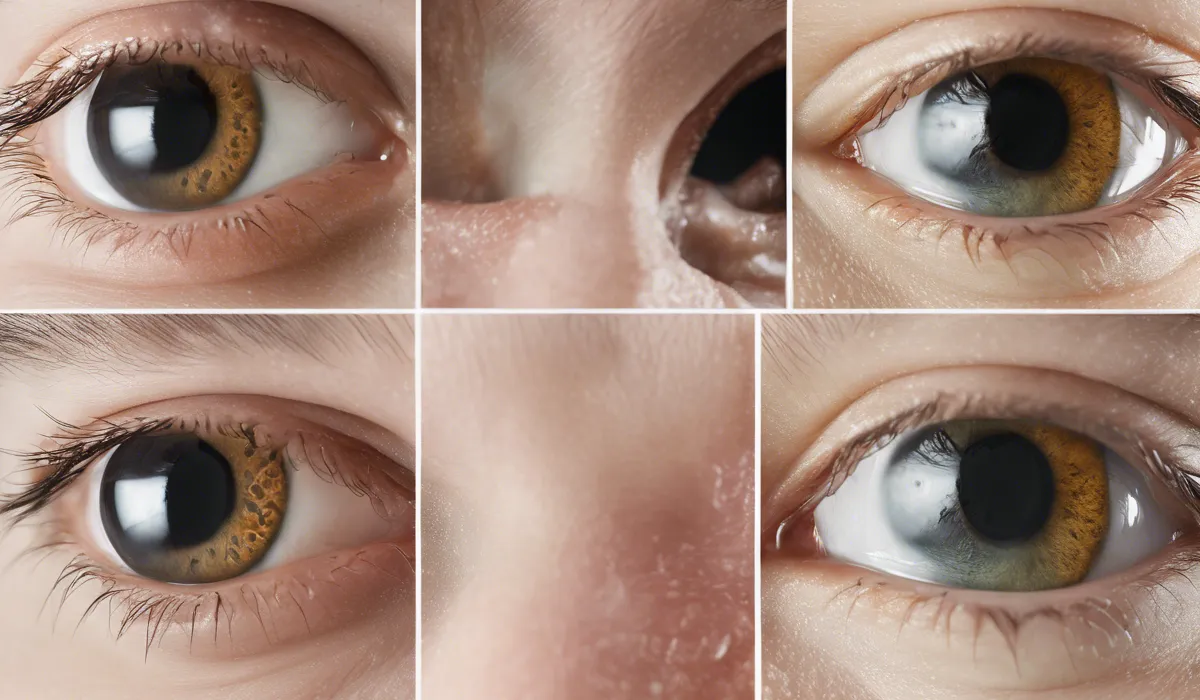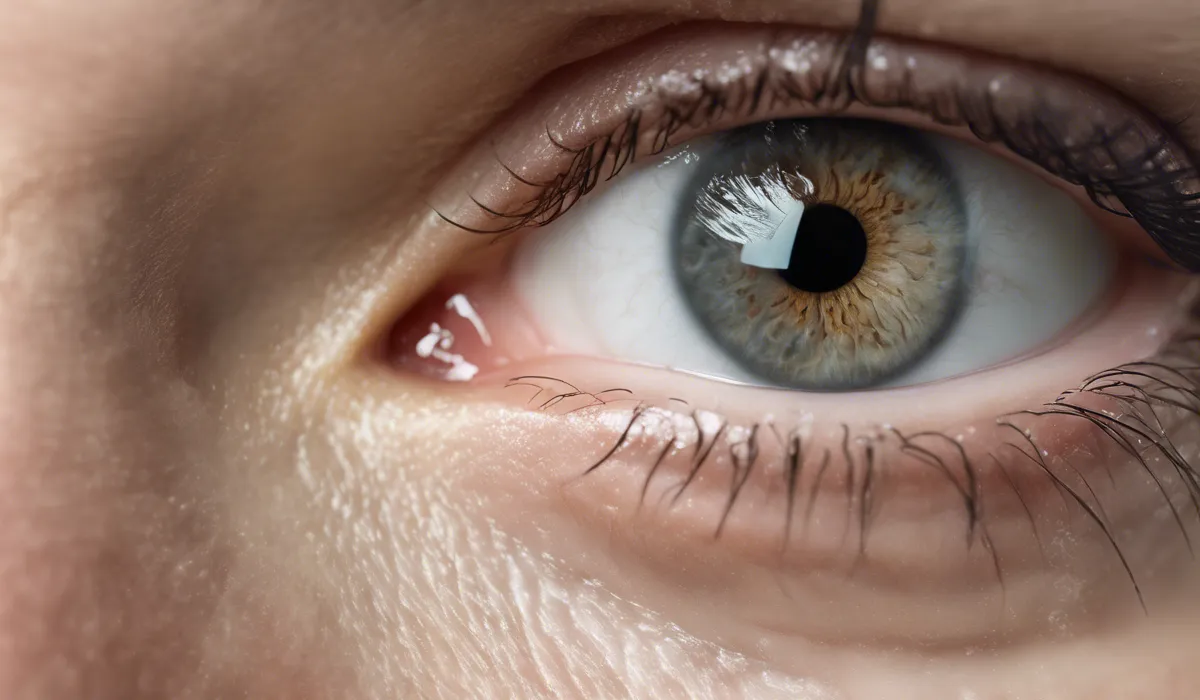Yes, mold can affect your eyes, often causing allergic reactions like redness, itching, and watering. In some cases, mold exposure can lead to more severe conditions such as keratitis. If you experience eye irritation and suspect mold, consult an eye care professional.
Understanding Mold and Its Effects on Health

What is Mold?
Mold is a type of fungus that grows in both indoor and outdoor environments. It thrives in damp, warm, and humid conditions and can often be found in places like bathrooms, kitchens, basements, and areas that have experienced water damage. Outdoors, mold plays a critical role in breaking down dead organic matter.
Health Issues from Mold Exposure
When people are exposed to mold, they might experience a variety of health issues. Common problems include coughing, sneezing, throat irritation, nasal stuffiness, and skin irritation.
Some individuals, especially those with respiratory conditions like asthma, may have more severe reactions.
Mold Allergy and Symptoms
Mold allergy occurs when an individual’s immune system overreacts to mold spores, leading to allergic symptoms similar to those caused by other allergens like pollen or pet dander.
Symptoms can include sneezing, runny or stuffy nose, itchy eyes, and a rash or hives on the skin.
The Impact of Mycotoxins on Health
Mycotoxins are toxic substances produced by certain types of molds. Exposure to mycotoxins can occur through inhalation, skin contact, or ingestion.
They can lead to various health issues, ranging from short-term irritation to more serious conditions such as immune suppression and neurological damage.
How Mold Exposure Can Affect the Eyes?

Mold-Related Eye Symptoms
Exposure to mold can cause several eye symptoms. People may notice their eyes becoming itchy, red, and watery.
These symptoms can be uncomfortable and may interfere with daily activities such as reading, working on a computer, or spending time outdoors.
Allergic Conjunctivitis from Mold Spores
Allergic conjunctivitis is an inflammation of the conjunctiva, the membrane covering the white part of the eye.
When mold spores come into contact with the eyes, they can trigger this allergic reaction, leading to symptoms such as redness, swelling, and a gritty feeling in the eyes.
Severe Eye Conditions Linked to Mold
In rare cases, exposure to mold can result in more severe eye conditions such as fungal keratitis, an infection of the cornea.
This serious condition can cause pain, blurred vision, and sensitivity to light and may require medical treatment to prevent complications.
Risk Factors for Mold-Induced Eye Problems
People with weakened immune systems, those who wear contact lenses, and individuals who work in or live in environments with high mold exposure are at a greater risk for developing mold-induced eye problems.
Proper hygiene and mold control are essential for prevention.
Preventing and Treating Mold-Related Eye Issues

Mold Prevention Strategies
To protect eye health, it is crucial to prevent mold growth in the home and workplace. This can be achieved by controlling humidity levels, ensuring proper ventilation, fixing leaks promptly, and cleaning and drying any areas affected by water damage quickly.
Reducing Mold Exposure
Reducing mold exposure involves regular cleaning with mold-killing solutions and using protective gear such as masks and gloves when handling moldy items.
It is also important to keep indoor plants clean and free from mold growth, as they can be a source of mold spores.
Recognizing Serious Mold-Related Eye Conditions
If eye symptoms persist or worsen, it may be a sign of a serious mold-related eye condition.
Symptoms like severe pain, vision changes, or increased sensitivity to light warrant immediate medical attention to prevent long-term damage.
Treatment for Mold-Related Eye Symptoms
Treatment options for mold-related eye symptoms often include antihistamine medications to reduce allergic reactions and eye drops to relieve irritation and redness.
In some cases, stronger medications or treatments may be needed under the guidance of an eye care professional.
Long-Term Management of Mold Allergies
Long-term strategies for managing mold allergies may involve lifestyle changes to avoid mold exposure, using air purifiers to reduce airborne mold spores, and seeking medical advice for allergy treatments such as immunotherapy.
Maintaining a mold-free environment is key to reducing eye irritation and other mold-related health issues.
FAQs About Mold and Eye Health
Can mold exposure cause eye allergies?
Yes, mold exposure can cause allergic reactions in the eyes, such as redness, itching, and watering.
What are the common symptoms of mold-related eye irritation?
Common symptoms include redness, itching, and excessive tearing or watering of the eyes.
Can mold exposure lead to severe eye conditions?
Yes, in some cases, mold exposure can lead to more serious eye conditions such as keratitis.
What should I do if I suspect my eye irritation is caused by mold?
If you experience eye irritation and suspect it’s caused by mold, you should consult an eye care professional.
Can mold in the environment affect everyone’s eyes the same way?
No, individuals may react differently to mold exposure, with some being more sensitive and experiencing more severe reactions than others.
Final Thoughts
Mold exposure can indeed impact ocular health, often manifesting as allergic reactions with symptoms such as eye redness, itchiness, and watering. In severe instances, it may lead to conditions like keratitis.
Individuals experiencing eye discomfort potentially linked to mold should promptly seek advice from an eye care specialist.
